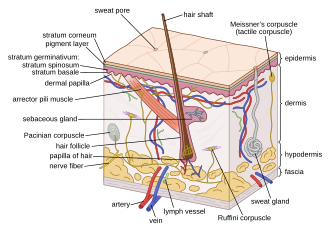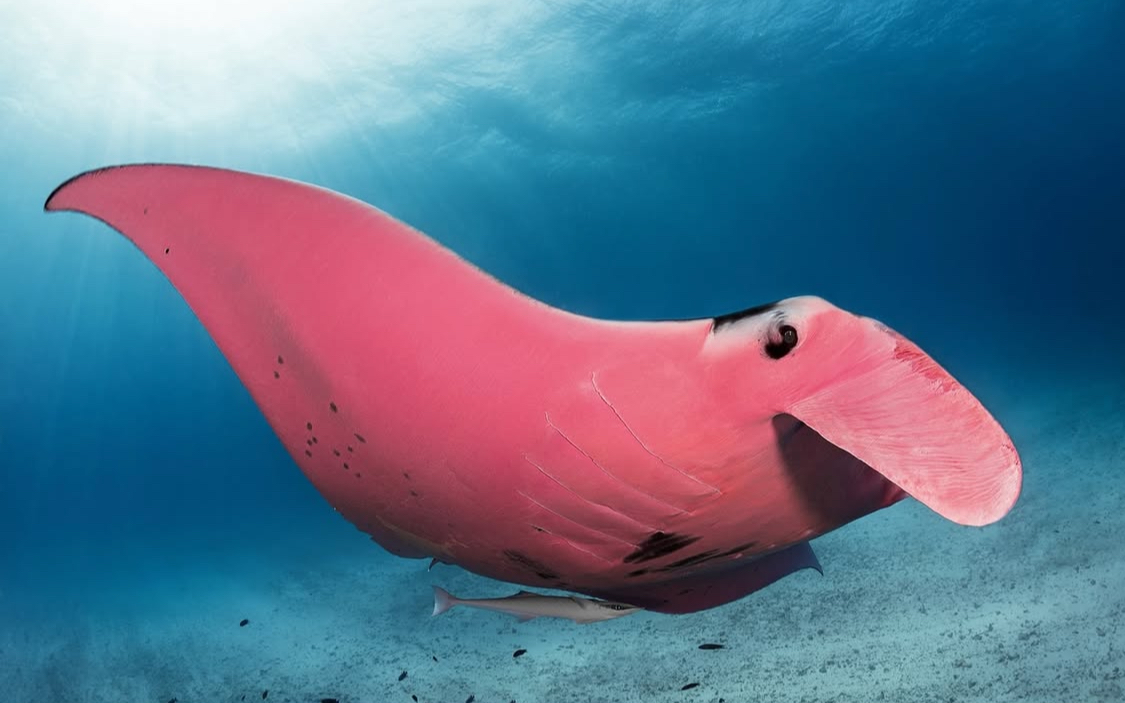 When we think of mammals, a few things come to mind—fur, warm blood, and of course, giving birth to live young. But nature always loves to surprise us, and there’s one quirky group of mammals that breaks the mold entirely: monotremes.
When we think of mammals, a few things come to mind—fur, warm blood, and of course, giving birth to live young. But nature always loves to surprise us, and there’s one quirky group of mammals that breaks the mold entirely: monotremes.
Yes, you read that right. There are mammals that lay eggs—and they’re as fascinating as they are rare. In fact, there are only five known species of egg-laying mammals left on Earth today, and they all live in Australia and New Guinea.
So let’s take a closer look at the world’s most unique mammals and find out what makes them so special.
So, What Exactly Are Monotremes?
Monotremes are a small, ancient group of mammals that lay eggs instead of giving birth to live babies. The name “monotreme” comes from Greek roots meaning “one opening”—referring to their cloaca, a single exit for reproductive, digestive, and urinary tracts (a trait they share with birds and reptiles).
They’re considered the most primitive living mammals, which means they’ve retained a lot of traits from their distant ancestors—like laying eggs.
The Famous Egg-Layers: Who Are They?
1.
The Platypus
Probably the most famous of the bunch, the platypus is a walking contradiction. It has the bill of a duck, the tail of a beaver, and webbed feet—but it’s 100% mammal (despite looking like a myth brought to life).
- Female platypuses lay 1 to 3 leathery eggs and incubate them by curling around them in a burrow.
- After about 10 days, the eggs hatch, and the mother feeds her babies without nipples—milk seeps out through her skin and fur.
Oh, and did we mention the male platypus has venomous spurs on its hind legs? Yep, monotremes really don’t play by the rules.
2.
The Short-Beaked Echidna
Think of an echidna as a spiky, slow-moving anteater. Covered in coarse hair and spines, this creature uses its long, sticky tongue to slurp up ants and termites.
- The female echidna lays a single egg and tucks it safely into a temporary pouch on her belly.
- When it hatches, the baby echidna—called a puggle—stays in the pouch and feeds on milk, also delivered through skin glands.
3–5.
The Long-Beaked Echidnas
There are three rare species of long-beaked echidnas that live deep in the forests of New Guinea. They look similar to their short-beaked cousins but are generally larger and more elusive. Because they’re so rare and live in remote regions, we still know relatively little about them.
Like the others, long-beaked echidnas lay a single egg and raise their young in a pouch.
What Makes Monotremes So Unique?
Let’s break down what makes monotremes truly one-of-a-kind:
- They lay eggs: Obviously, this is their most famous feature. The eggs have a leathery shell, much like those of reptiles.
- They don’t have nipples: Instead, milk is secreted through patches of skin. Babies lick it up from the mother’s fur.
- They have a cloaca: A shared opening for waste and reproduction—just like birds and reptiles.
- They’re evolutionary throwbacks: Monotremes diverged from other mammals around 250 million years ago, making them living relics of ancient mammalian history.
- They’re incredibly rare: Only five species remain, and all are found in isolated ecosystems with little outside competition.
Why Monotremes Matter
Monotremes are more than just oddities. They’re key to understanding mammal evolution. By studying how they live, reproduce, and develop, scientists can learn more about how modern mammals came to be—and how traits like live birth, nipples, and complex brains evolved over millions of years.
Their survival is also a conservation priority. Because they live in fragile habitats, especially the rare long-beaked echidnas of New Guinea, they’re vulnerable to habitat loss, climate change, and human interference.
Final Thoughts: Nature’s Rule-Breakers
In a world where mammals are expected to follow certain rules, monotremes are the beautiful exception. With their ancient quirks and one-of-a-kind biology, they remind us that evolution doesn’t always take the straightforward path—and that the natural world is full of surprises waiting to be discovered.








